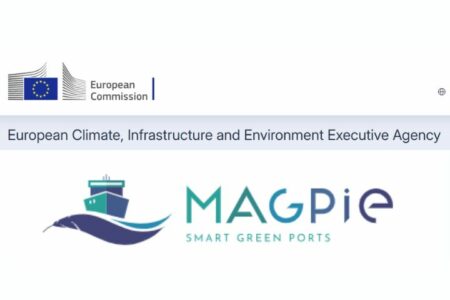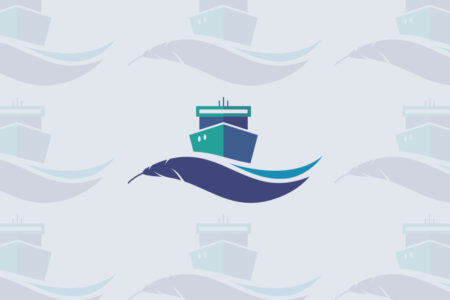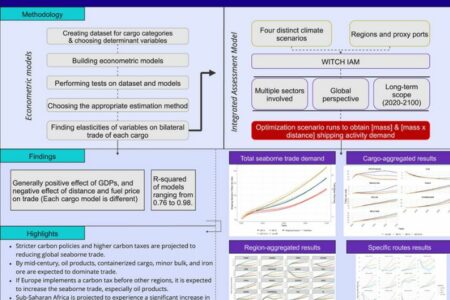What is a “green port” and how can European ports take the necessary steps to earn this label? What are the necessary elements in a Master Plan that can help European ports take the key steps towards their goal? During the breakout session at the ESPO Conference, the aim will be to take and discuss the lessons from the MAGPIE and PIONEERS Projects with other European ports.
By the end of 2026, the EU-funded MAGPIE and PIONEERS projects will deliver a comprehensive Master Plan to help European ports achieve zero emissions by 2050 and become green ports. The term “green ports” can be defined as ports that aim to minimize their ecological footprint through various measures, including reducing their air and water pollution, optimizing energy consumption, using renewable energy sources, promoting sustainable modalities, etc.
The session, led by project coordinators Arne-Jan Polman and Inge De Wolf, will focus on inviting participants to shape the future of Green Ports by sharing their insights on what the Master Plan should include, its most useful format, and the support needed for implementation. The session will feature progress updates, interactive discussions, and insights. As key trade hubs, ports play a crucial role in reducing GHG emissions. Participation in this breakout will help refine the roadmap for sustainable, zero-emission ports and will directly influence the deliverables presented to the European Commission. The methodology on how to become a green port still needs to be developed. The skills to do so and the know-how are being researched by institutions such as ESPO. The MAGPIE and PIONEERS projects aim to provide expertise and lessons learned on how to bridge this knowledge and action gap. The discussions and conclusions drawn will influence the deliverable(s) presented to the European Commission in 2026.


